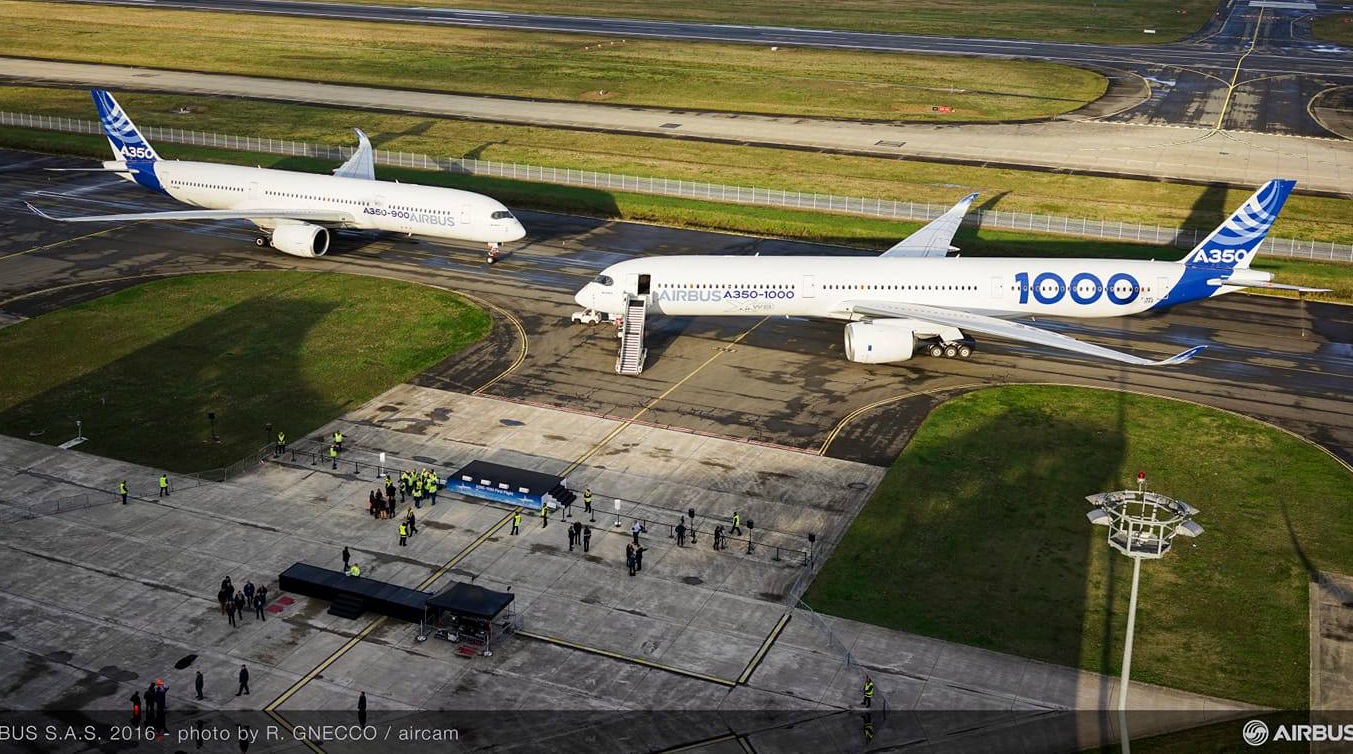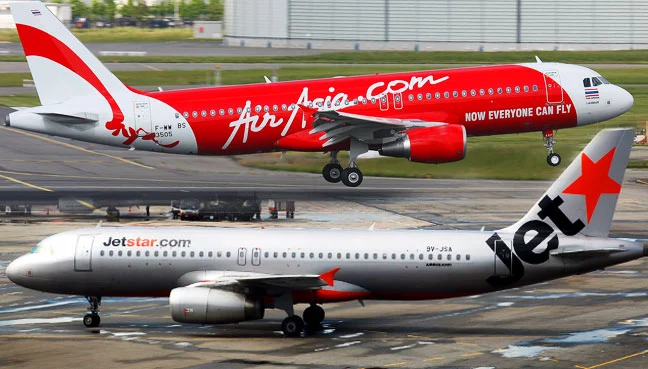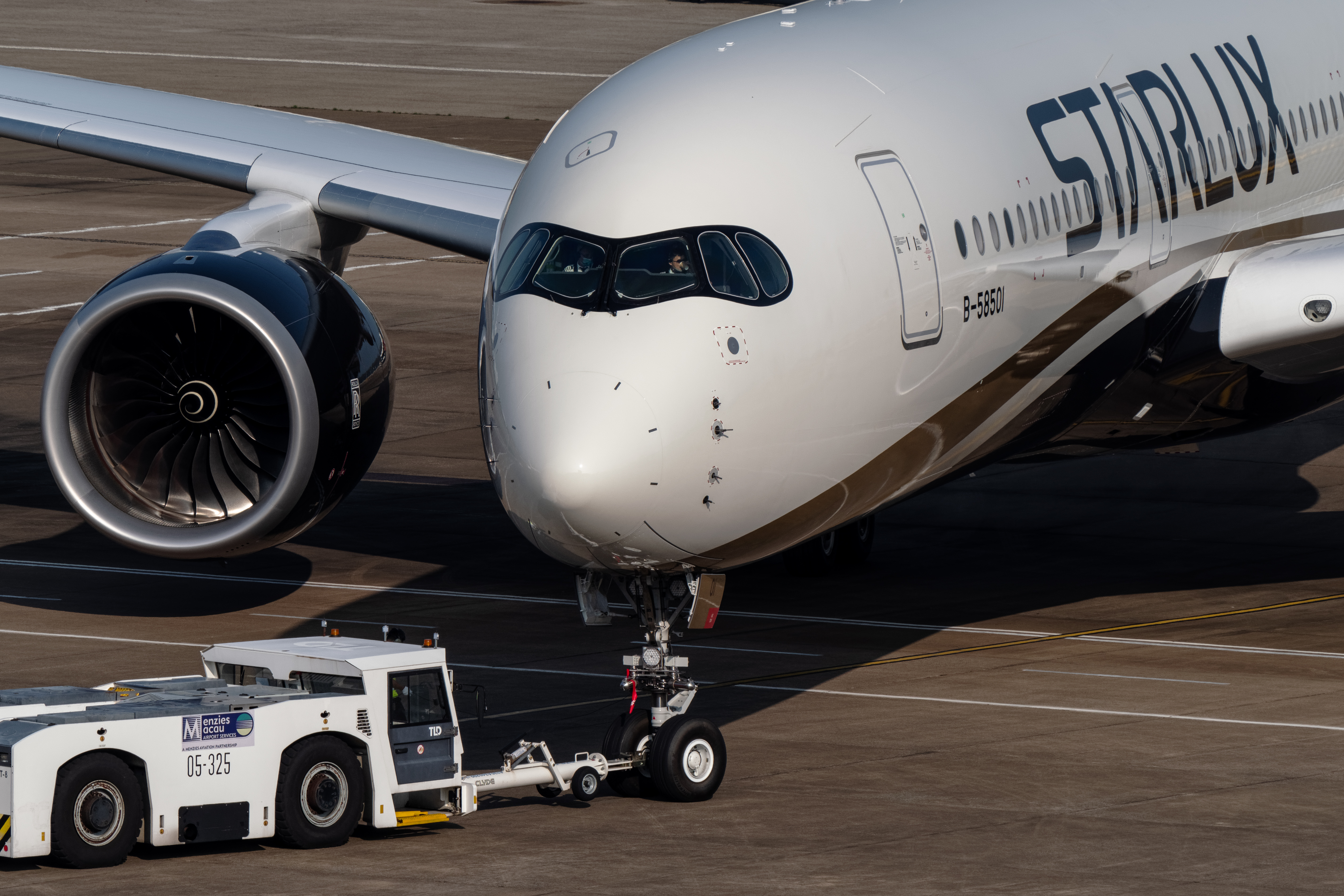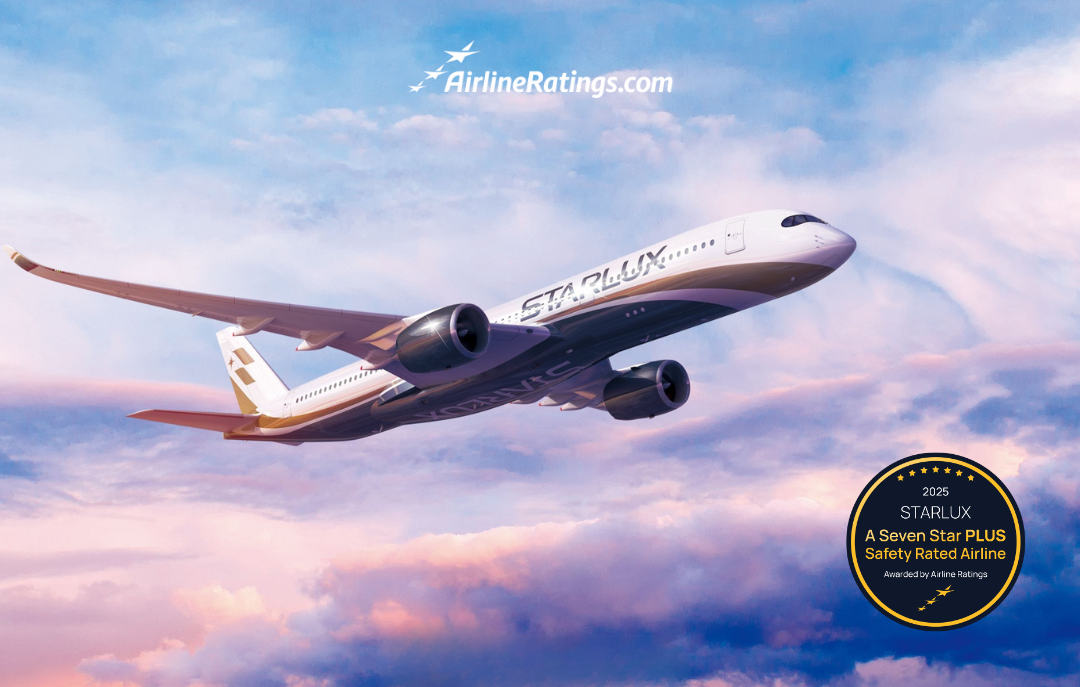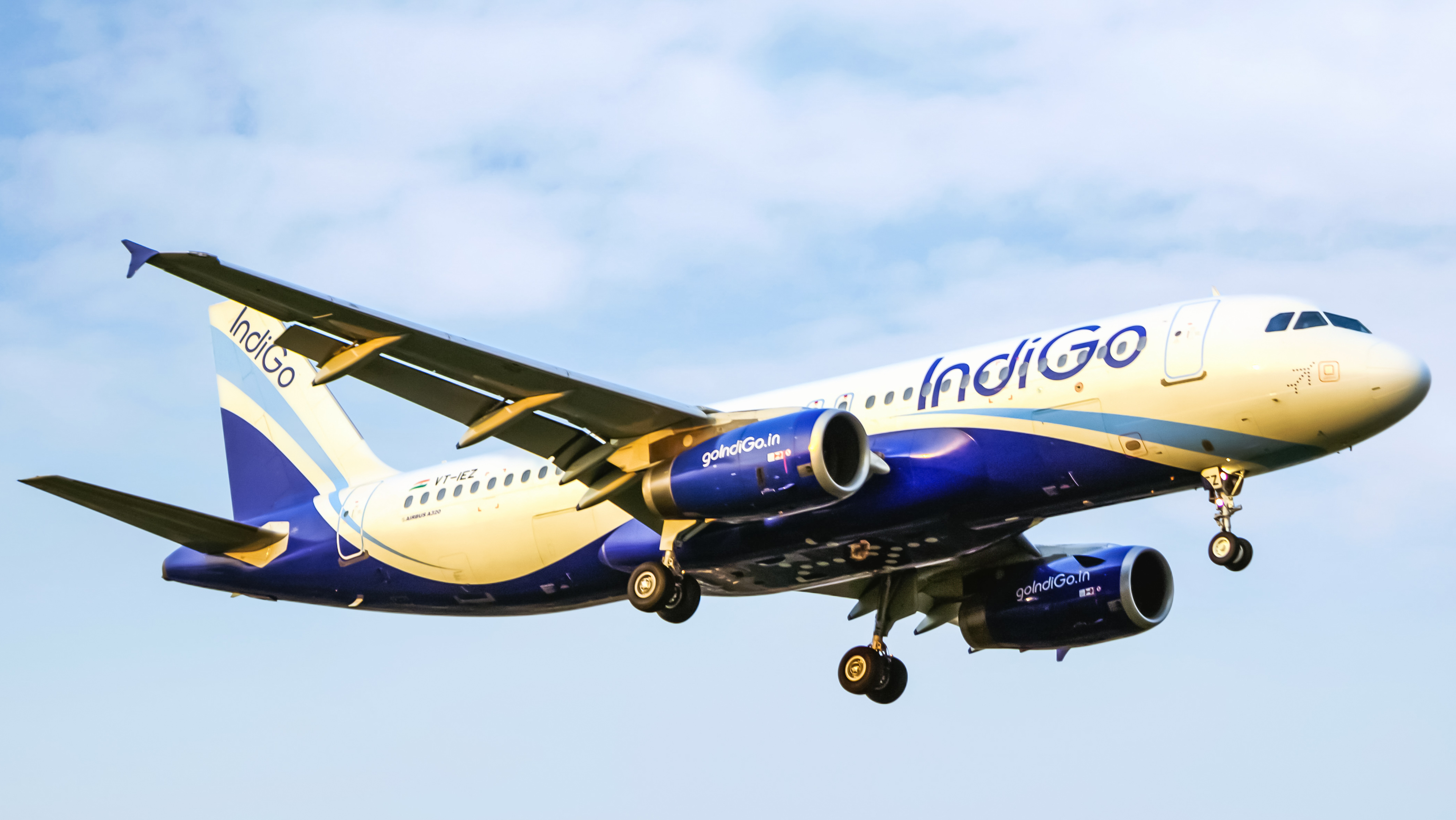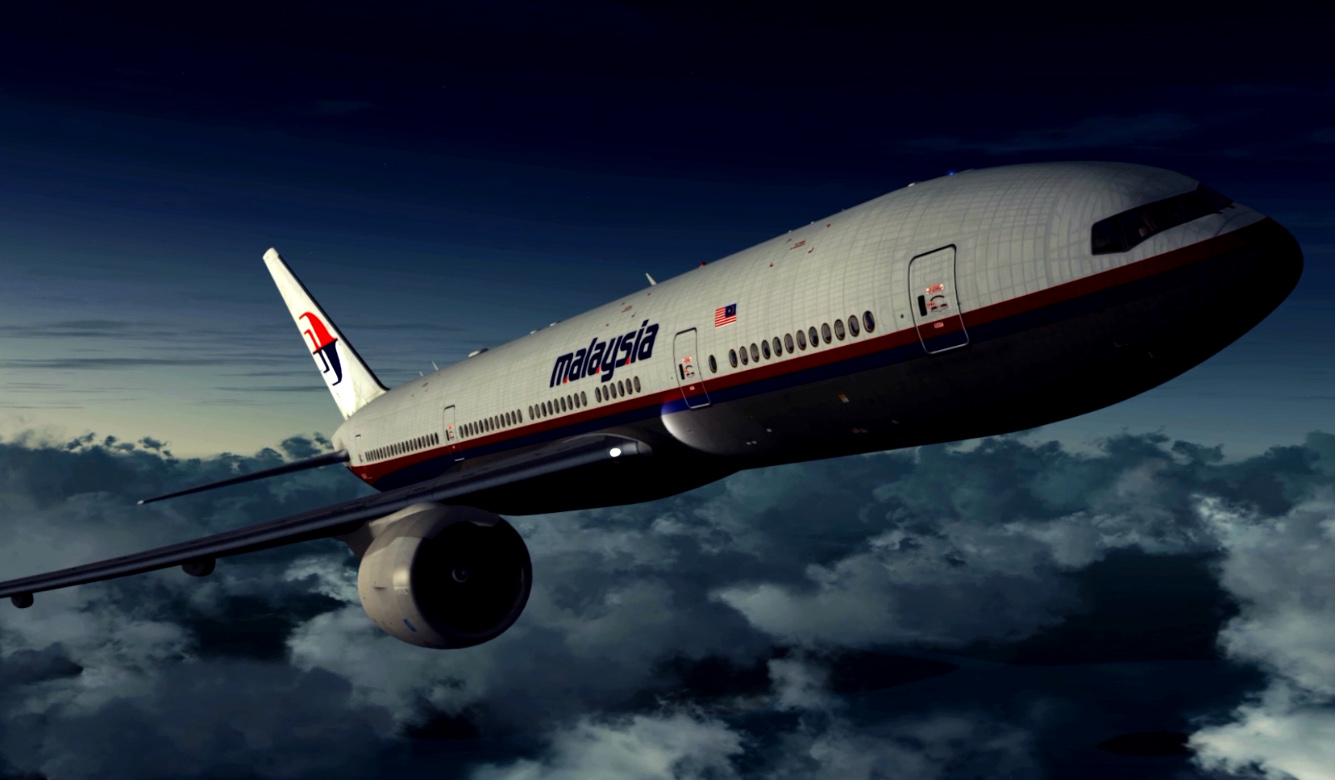By Sharon Petersen
Published Thu May 01 2025
When Airbus launched the A350 XWB (Extra Wide Body) family, it aimed to redefine long-haul flying with a focus on efficiency, comfort, and cutting-edge technology. While the A350-900 was the first to take to the skies in 2014, it didn’t take long before its larger sibling, the A350-1000, followed in 2018—bringing with it notable differences that make each variant uniquely suited for different airline needs.
Size & Capacity: Stretching the Limits
At first glance, the A350-1000 simply looks like a stretched version of the -900—and that’s not far from the truth. The -1000 is 7 meters (23 feet) longer, allowing it to carry an average of 40 more passengers. While the A350-900 typically seats around 300 to 325 passengers, the A350-1000 can accommodate 350 to 410, depending on the airline’s cabin layout.
This extra capacity is especially attractive to carriers operating high-demand routes, where additional seats can significantly improve yield without increasing operating frequency.
Performance: Power and Range
Despite the added size and weight, the A350-1000 manages impressive performance thanks to Rolls-Royce Trent XWB-97 engines, more powerful than the XWB-84s found on the A350-900. These engines deliver about 97,000 pounds of thrust each—13,000 more than the -900 variant—enabling the larger aircraft to take off and climb efficiently even at heavier weights.
In terms of range, the A350-900 has a slight edge, capable of flying up to 8,100 nautical miles, whereas the A350-1000 maxes out around 7,970 nautical miles. This slight trade-off in range is a fair exchange for the increased passenger and cargo capacity.
Airline Use Cases: Different Needs, Different Jets
Airlines strategically choose between the two based on network demands. For instance:
Singapore Airlines uses the A350-900 in three different configurations, including Ultra Long Range (ULR) variants for non-stop flights to New York, and regional configurations for shorter routes in Asia-Pacific.
Qatar Airways flies both, with the A350-1000 exclusively featuring its famed Qsuite Business Class—ideal for premium-heavy, high-capacity routes.
British Airways and Cathay Pacific also deploy the -1000 variant on trunk routes such as London–New York and Hong Kong–Los Angeles, where demand justifies the added capacity.
Meanwhile, airlines like Finnair or Vietnam Airlines stick to the -900, benefiting from its slightly longer range and better efficiency on thinner, long-haul routes.
READ: Asia’s largest operators of the A350 Aircraft
Cabin Comfort: Equally Modern
Both the A350-900 and -1000 offer Airbus’ signature cabin features: a 5.96-meter-wide fuselage, higher ceilings, lower cabin altitude, and improved humidity, making long-haul travel more bearable for passengers. Whether flying on the -900 or -1000, passengers enjoy the same noise-reducing technology and next-generation inflight entertainment systems.
The Easiest Way to Tell the Difference Between the A350-900 and A350-1000
As you can see in the image below, the A350-1000 differs from its smaller A350-900 counterpart in terms of its landing gear, with six-wheel bogies making up the main gear compared to the more conventional four-wheel design found on the A350-900.
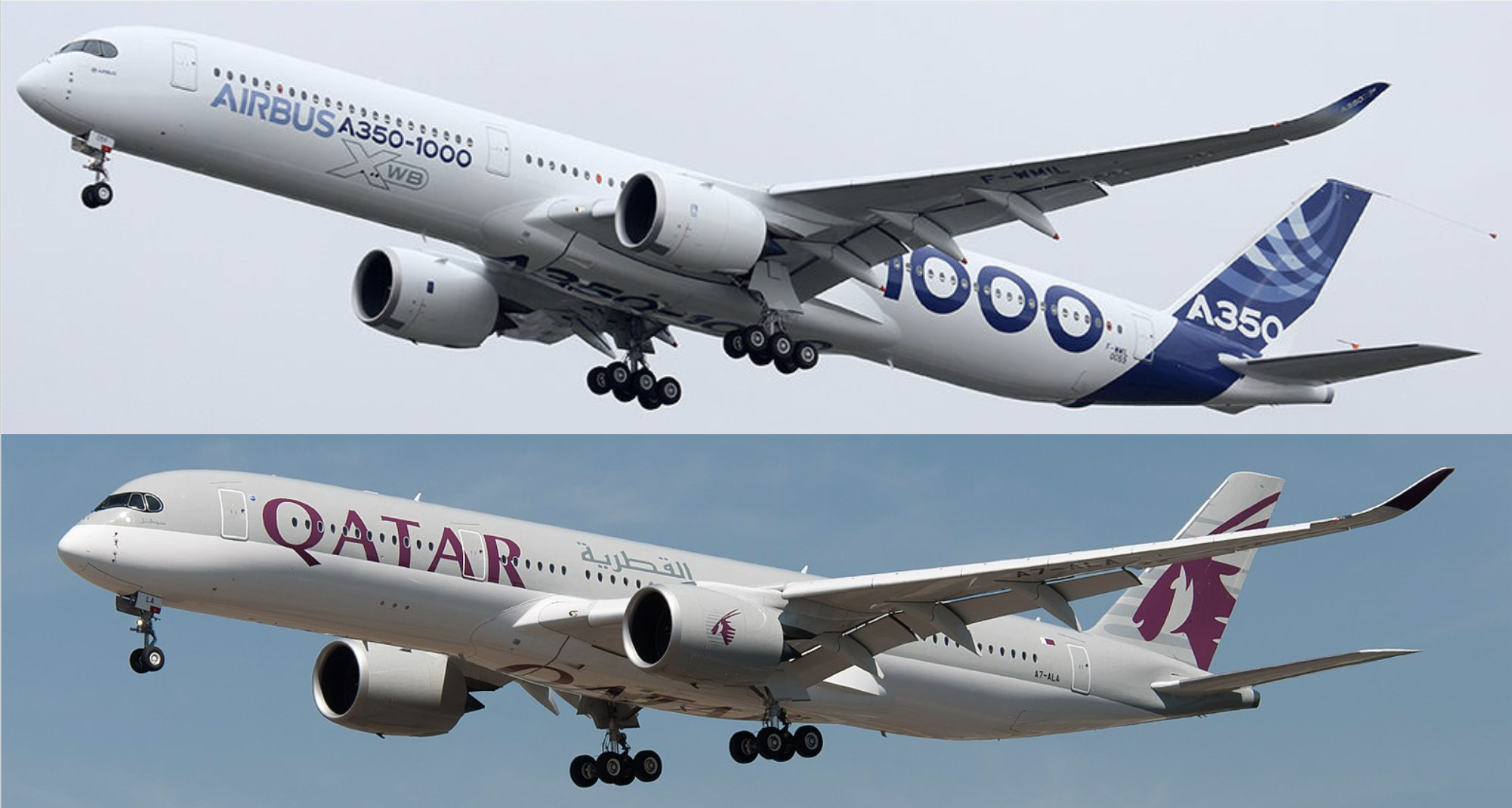
Summary: Two Sides of the Same Coin
While both aircraft share the same DNA, the A350-900 and A350-1000 serve different missions. The -900 is a long-range workhorse ideal for thinner or ultra-long-haul routes, while the -1000 is a high-capacity variant that excels on busy, premium-heavy trunk routes. Airlines value the flexibility of operating both under the same pilot type rating and maintenance program—another win for Airbus.
So next time you're booking a long-haul flight on an A350, take a moment to check whether it's a -900 or a -1000. The difference may be subtle from the cabin, but the story behind each aircraft’s design speaks volumes about the future of global air travel.
